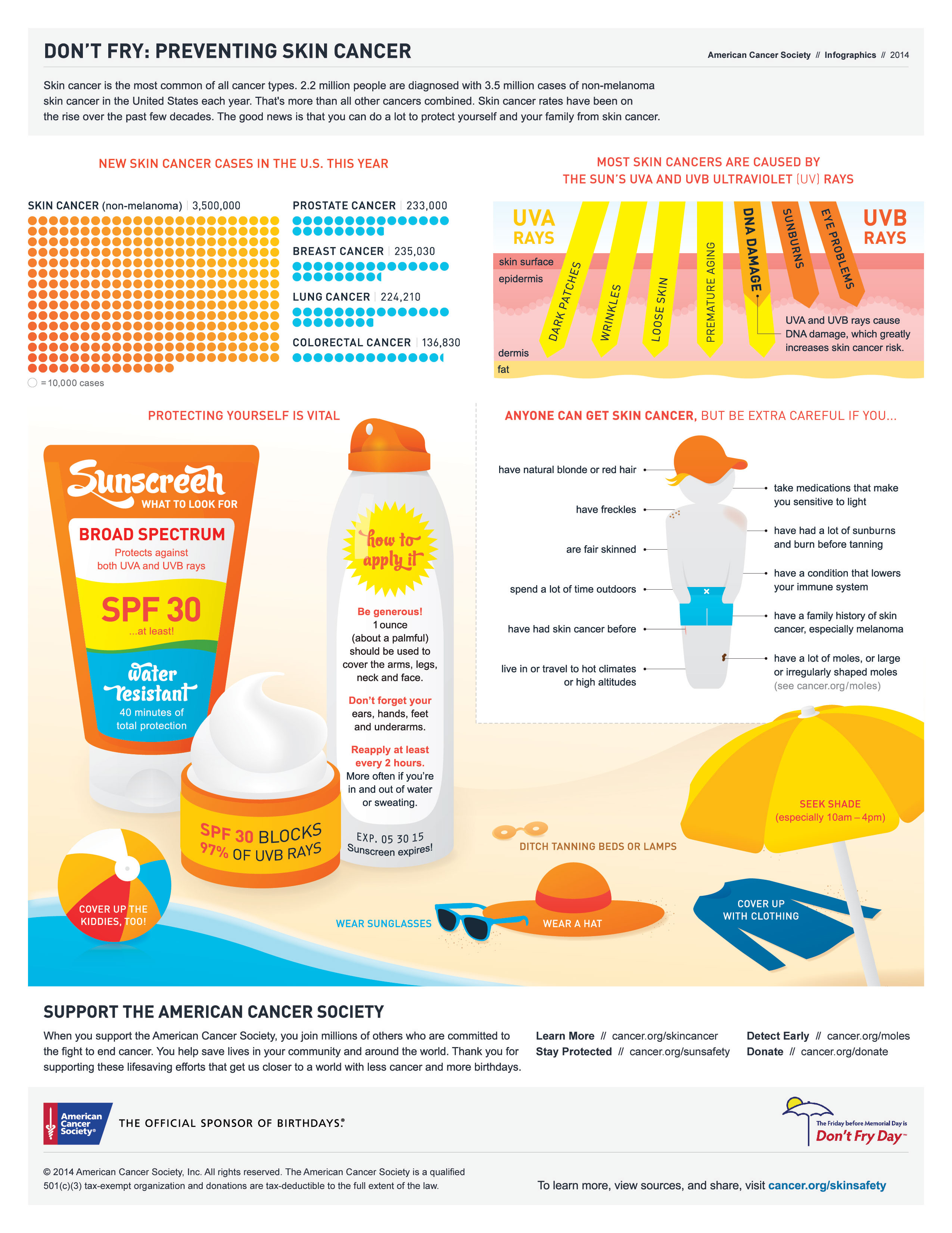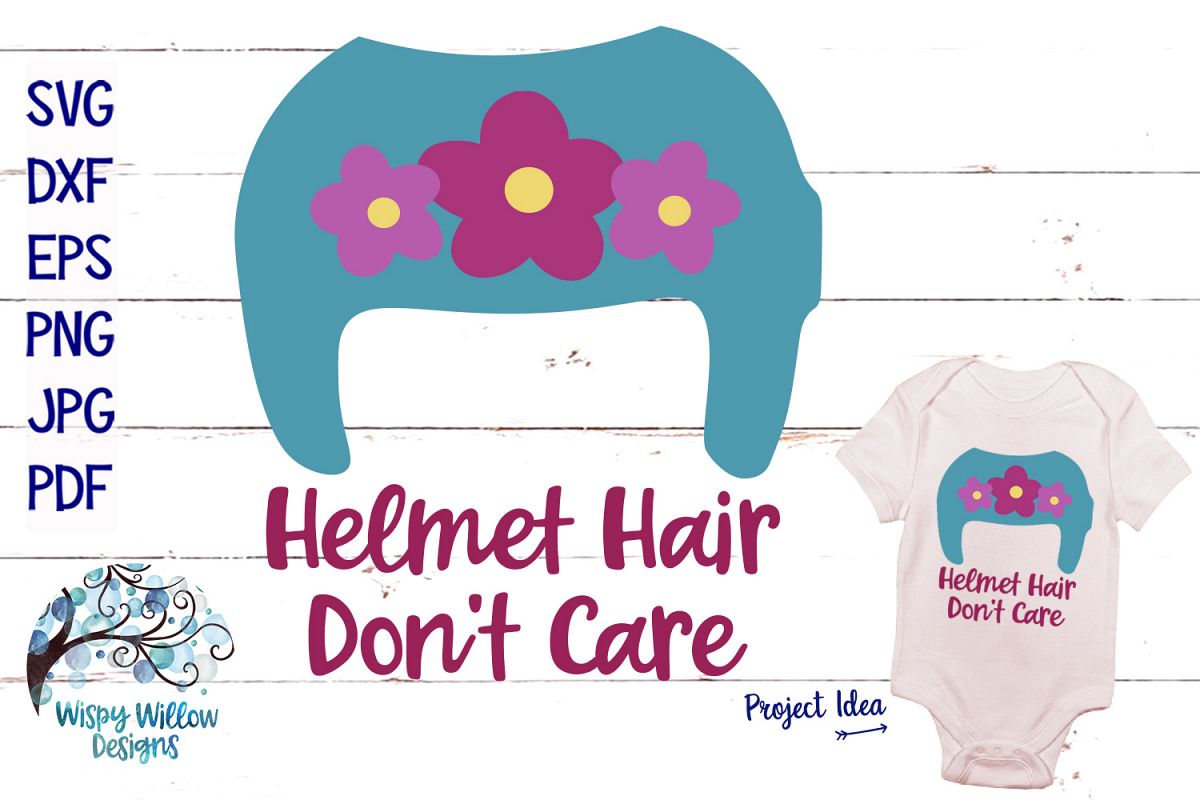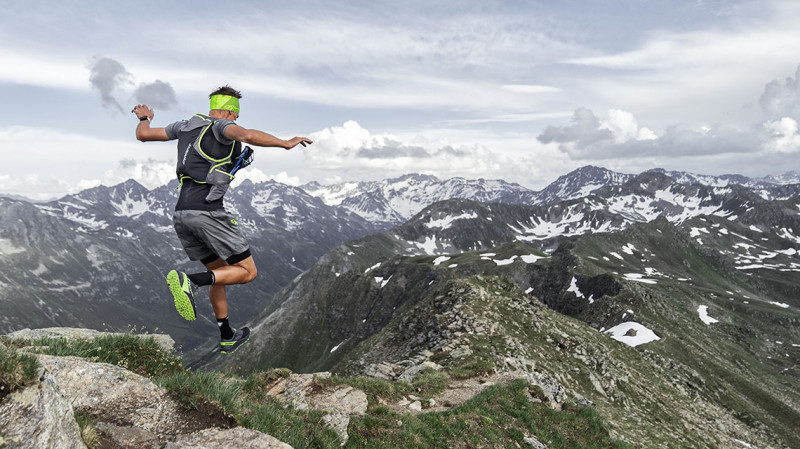Understanding the Terrain: How to Choose the Right Clothing
When preparing for a trail ride, it’s essential to consider the terrain, weather, and riding style to ensure you’re wearing the right clothing. The type of terrain you’ll be riding on, whether it’s rugged mountains, dense forests, or open fields, will impact the type of clothing you need. For example, if you’ll be riding in wet or muddy conditions, you’ll want to wear waterproof and breathable fabrics to keep you dry and comfortable.
The weather is another critical factor to consider when deciding what to wear on a trail ride. Hot weather calls for lightweight, moisture-wicking fabrics that will help keep you cool and dry, while cold weather requires insulating fabrics that will keep you warm. Additionally, the riding style will also influence your clothing choices. For instance, endurance riders may prioritize comfort and flexibility, while competitive trail riders may focus on aerodynamics and minimal weight.
Different fabrics, weights, and styles of clothing can significantly impact comfort and performance during a trail ride. For example, merino wool is a popular choice for trail riding due to its breathability, moisture-wicking properties, and natural insulation. On the other hand, synthetic fabrics like polyester and nylon are often preferred for their durability and water resistance. By understanding the terrain, weather, and riding style, you can choose the right clothing to ensure a safe and enjoyable ride.
Layering for Comfort: The Science Behind Trail Riding Apparel
When it comes to what to wear on a trail ride, layering is a crucial aspect of trail riding attire. By wearing multiple layers of clothing, riders can regulate their body temperature, manage moisture, and maintain flexibility. This approach allows riders to adapt to changing weather conditions and riding intensities, ensuring a comfortable and enjoyable ride.
The base layer, typically a moisture-wicking fabric, is designed to keep the skin dry and cool. The mid-layer, often a fleece or insulating fabric, provides warmth and comfort. The outer layer, usually a waterproof and breathable fabric, protects the rider from the elements. By combining these layers, riders can create a comfortable and functional clothing system that meets their specific needs.
Effective layering combinations can make all the difference in trail riding comfort and performance. For example, a merino wool base layer paired with a fleece mid-layer and a waterproof outer layer provides a versatile and comfortable clothing system for a wide range of trail riding conditions. Additionally, layering allows riders to adjust their clothing to suit changing weather conditions, ensuring they stay comfortable and safe throughout the ride.
When choosing layering combinations, riders should consider factors such as fabric type, weight, and style. By selecting the right layers for their specific needs, riders can optimize their trail riding attire and enjoy a more comfortable and enjoyable ride.
https://www.youtube.com/watch?v=EBNhJhtWZ0k
Protecting Your Skin: The Importance of Sunscreen, Insect Repellent, and More
When it comes to what to wear on a trail ride, protecting your skin is just as important as choosing the right clothing. Trail riders are exposed to various environmental elements that can cause skin damage, discomfort, and even health risks. Therefore, it’s essential to incorporate skin care essentials into your trail riding attire.
Sun protection is a critical aspect of trail riding skin care. Prolonged exposure to the sun can lead to sunburn, premature aging, and even skin cancer. Riders should apply a broad-spectrum sunscreen with a high SPF before heading out on the trail. Look for water-resistant and sweat-resistant formulas to ensure the sunscreen stays effective throughout the ride.
Insect repellent is another vital skin care essential for trail riders. Insects like mosquitoes, ticks, and flies can transmit diseases and cause discomfort. Riders should apply an insect repellent containing DEET, picaridin, or oil of lemon eucalyptus to exposed skin and clothing. Additionally, wearing long-sleeved shirts, long pants, and closed-toe shoes can help prevent insect bites.
Other skin care essentials for trail riding include lip balm with SPF, moisturizer to combat dry skin, and after-sun lotion to soothe and hydrate the skin. By incorporating these skin care essentials into their trail riding attire, riders can ensure a safe and enjoyable ride.
Footwear Frenzy: How to Choose the Perfect Trail Riding Boots
When it comes to what to wear on a trail ride, footwear is a crucial aspect of trail riding attire. The right boots can make all the difference in comfort, performance, and safety. Trail riders need boots that provide ankle support, traction, and waterproofing to navigate various terrain and weather conditions.
Ankle support is essential for trail riding boots, as it helps prevent twists and sprains. Look for boots with high ankle collars and sturdy materials that provide stability and protection. Traction is also critical, as it helps riders maintain their footing on slippery or uneven terrain. Boots with aggressive tread patterns and lug soles can provide the necessary grip and traction.
Waterproofing is another key feature to consider in trail riding boots. Boots with waterproof membranes, such as Gore-Tex or eVent, can keep feet dry and comfortable in wet conditions. Additionally, breathable materials can help regulate foot temperature and prevent blisters.
Different boot styles and materials can suit various trail riding disciplines and preferences. For example, endurance riders may prefer lightweight, breathable boots with extra cushioning, while competitive trail riders may opt for stiffer, more supportive boots with aggressive tread patterns. Pleasure riders may prefer comfortable, ankle-high boots with a more relaxed fit.
When choosing the perfect trail riding boots, riders should consider factors such as terrain, weather, and riding style. By selecting boots that meet their specific needs, riders can ensure a comfortable and enjoyable ride.
Helmet Hair, Don’t Care: The Necessity of a Good Trail Riding Helmet
When it comes to what to wear on a trail ride, a helmet is an essential piece of safety gear that should never be overlooked. Head injuries are a serious risk in trail riding, and a good helmet can be the difference between a minor accident and a life-altering injury.
A well-fitting helmet is crucial for effective protection. Look for a helmet that fits snugly on the head, with the chin strap securely fastened. The helmet should also be certified to meet safety standards, such as those set by the American Society for Testing and Materials (ASTM) or the Snell Memorial Foundation.
Trail riders should consider several factors when choosing a helmet, including the type of riding they will be doing, the terrain, and the weather. For example, endurance riders may prefer a lightweight, ventilated helmet, while competitive trail riders may opt for a more robust, protective helmet.
In addition to protection, a good helmet can also provide comfort and convenience features, such as padding, ventilation, and adjustable fit systems. Some helmets may also feature additional safety features, such as built-in visors or reflective strips.
Ultimately, a good helmet is an investment in safety and comfort. By choosing a high-quality helmet that fits well and meets safety standards, trail riders can enjoy their ride with confidence and peace of mind.
How to Dress for Different Trail Riding Disciplines
When it comes to what to wear on a trail ride, the type of riding discipline can greatly impact clothing choices. Different disciplines require varying levels of comfort, protection, and performance, and trail riders should adapt their clothing accordingly.
Endurance riders, for example, often prioritize comfort and moisture management. They may opt for lightweight, breathable fabrics and loose-fitting clothing to promote airflow and reduce chafing. Competitive trail riders, on the other hand, may focus on performance and protection, choosing clothing with built-in padding, reinforced seams, and durable materials.
Pleasure riders, who often ride at a more leisurely pace, may prioritize comfort and style. They may choose clothing with a more relaxed fit, soft fabrics, and decorative elements like embroidery or stripes. Regardless of the discipline, however, safety should always be a top priority, and riders should ensure they wear a helmet, gloves, and other protective gear.
In addition to clothing, trail riders should also consider the specific demands of their discipline when selecting gear. Endurance riders may need hydration packs, competitive riders may require specialized saddles, and pleasure riders may prefer comfortable, cushioned seats.
By understanding the unique demands of their discipline, trail riders can make informed clothing choices that enhance their performance, comfort, and overall riding experience. Whether riding for speed, endurance, or pleasure, the right clothing can make all the difference.
Trail Riding in Extreme Weather: Tips for Hot, Cold, and Wet Conditions
When it comes to what to wear on a trail ride, the weather can be a major factor. Extreme temperatures, heavy rain, and intense sun can all impact a rider’s comfort and safety. To ensure a enjoyable and safe ride, trail riders should be prepared for any weather condition.
In hot weather, riders should prioritize moisture-wicking fabrics, light colors, and loose-fitting clothing to promote airflow and reduce heat retention. A breathable helmet and gloves can also help keep the head and hands cool. Additionally, riders should stay hydrated by bringing plenty of water and taking regular breaks in shaded areas.
In cold weather, riders should focus on layering and insulation. Thermal base layers, fleeces, and waterproof jackets can help retain body heat, while warm socks and gloves can keep extremities toasty. A warm, breathable helmet and face mask can also help protect the head and face from cold winds.
In wet weather, riders should prioritize waterproofing and water resistance. A waterproof jacket and pants can help keep the rider dry, while waterproof boots and gloves can prevent water from seeping in. A helmet with a visor can also help keep rain out of the eyes.
Regardless of the weather, trail riders should always prioritize safety and comfort. By dressing appropriately for the conditions, riders can ensure a safe and enjoyable ride, even in the most challenging weather.
Putting it All Together: A Checklist for Trail Riding Attire
When it comes to what to wear on a trail ride, there are many factors to consider. From the terrain and weather to the riding style and discipline, every detail matters. To ensure a safe and enjoyable ride, trail riders should prioritize their clothing and gear. Here is a comprehensive checklist to help riders get it right:
**Clothing:**
- Moisture-wicking base layers for temperature regulation
- Insulating mid-layers for cold weather
- Waterproof and breathable outer layers for wet conditions
- Comfortable, flexible pants and shirts for ease of movement
- Protective gear, such as knee pads and elbow pads, for high-risk activities
**Footwear:**
- Sturdy, ankle-supporting boots with good traction
- Waterproof boots for wet conditions
- Comfortable, breathable socks for temperature regulation
**Head and Face Protection:**
- A well-fitting helmet with a visor for sun and rain protection
- Warm, breathable headgear for cold weather
- Sunscreen and insect repellent for skin protection
**Additional Essentials:**
- A hydration pack or water bottle for staying hydrated
- A first aid kit and basic tools for emergency situations
- A map and compass or GPS device for navigation
By following this checklist, trail riders can ensure they have the right clothing and gear for a safe and enjoyable ride, regardless of the terrain, weather, or riding style. Remember, what to wear on a trail ride is crucial for comfort, performance, and safety. Prioritize your safety and comfort, and you’ll be ready for a successful trail ride.








